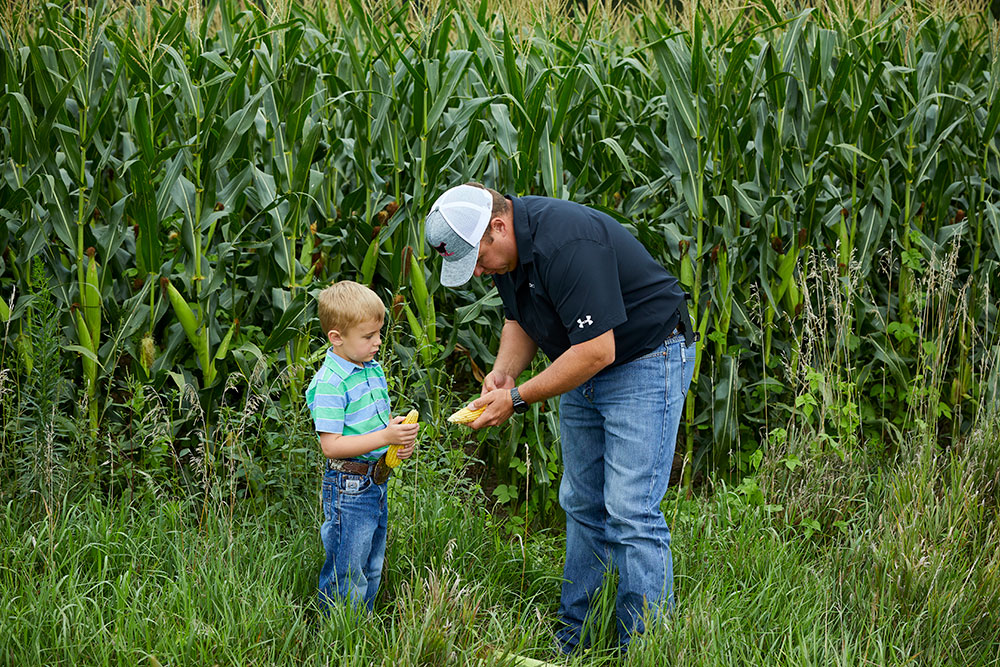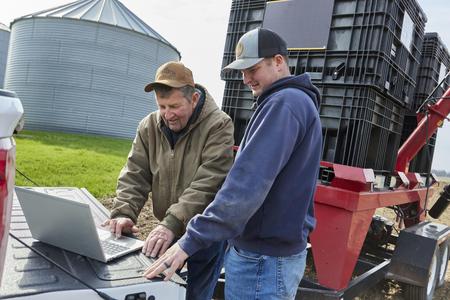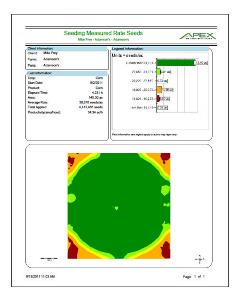Mega Menu
Mega menu is possible in BS5 but we will need to create a custom template layout for the navigation widget. The following is a hard-coded example.

Font Awesome 6
FA6+ icons will work on all widgets.
The FMH Icon box will need a new version created because the styling is broken in Bootstrap 5 templates (this has nothing to do with FA).
FMH Icon Widget
Icons can now be used in Content blocks by pasting the HTML tags from www.fontawesome.com into the HTML editor.
Here are some new icons from Font Awesome 6
face-awesome
envelopes
wheat-awn
Bootstrap Components
Code snippits from http://getbootstrap.com pasted into Content Blocks.
h1. Bootstrap heading
h2. Bootstrap heading
h3. Bootstrap heading
h4. Bootstrap heading
h5. Bootstrap heading
h6. Bootstrap heading
Nav Tabs
Nav Pills
Accordion
.accordion-body, though the transition does limit overflow.
.accordion-body, though the transition does limit overflow.
.accordion-body, though the transition does limit overflow.
Tables
| # | First | Last | Handle |
|---|---|---|---|
| 1 | Mark | Otto | @mdo |
| 2 | Jacob | Thornton | @fat |
| 3 | Larry the Bird | ||
Alerts
Image Carousel
Modals
Sitefinity Widgets
Default, out of the box, Bootstrap 5 templates available for widgets.
The navigation template used above is called Horizontal.
Navigation Widget - Tabs Template
Navigation Widget - Pills Template
Breadcrumb
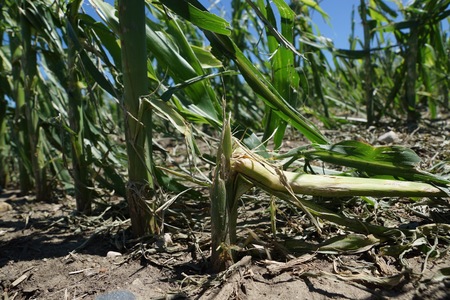

List Widget - Expandable List Template
Precision Claims FAQs
List Widget - Simple List Template
Crop Claims Reminders
-
How To Report MPCI Claims
-
MPCI Claim Reporting Deadlines
-
Appraisals
-
Production Records by Unit
-
Production Delivered to a Commercial Elevator
-
Production From Precision Farming Technology Systems
-
Production Weighed and Farm Stored
-
Authorization for Load Records, Storage Structure Marking, or Combine Monitor Records
-
Fed Production
-
Quality Adjustment
-
What is a Simplified Claim?
-
What can insureds do to expedite the claim process?
List Widget - Anchor List Template
Quality Control Review FAQ
- What can an Insured do to prepare for a review?
- What can Agents do to prepare for a review?
- How does the review process begin?
Quality Control Review FAQ
What can an Insured do to prepare for a review?
Third party documentation (i.e. summary/settlement sheets from the elevator) is required when applicable and available. Insureds are expected to have available hard copy records that will 1) support the total production raised for the crop/county/year being reviewed and 2) that can demonstrate how production was kept separate between various units, practices and types (if applicable).
Insureds will also want make themselves available to meet with the quality control reviewer as the reviews will need to be completed before the claims can be processed.
What can Agents do to prepare for a review?
How does the review process begin?
Documents List - Documents List Template
Documents List - Documents List Template
| Title | Type | Size | |
| 602 KB | DownloadFMHQ Release 2 Guide | ||
| 405 KB | DownloadWFRP Checklist for Agents 2026 | ||
| 504 KB | DownloadWFRP Policy Provisions 2026 | ||
| 3231 KB | DownloadWFRP Handbook 2026 | ||
| 203 KB | DownloadECO_MCO_SCO_Coverage Comparison Flyer |
News Widget - News List Template
News list template is the only template available by default.
USDA Extending Flexibility on Crop Insurance Premiums
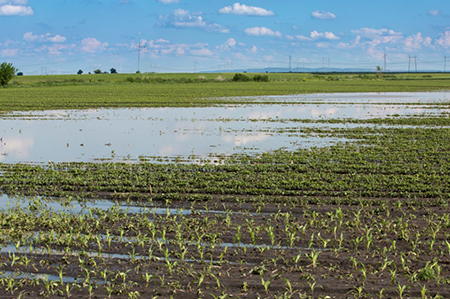 (KANSAS CITY, Mo. - November 14, 2019) – The U.S. Department of Agriculture’s (USDA) Risk Management Agency (RMA) today announced it will continue to defer accrual of interest for 2019 crop year insurance premiums to help the wide swath of farmers and ranchers affected by extreme weather in 2019. Specifically, USDA will defer the accrual of interest on 2019 crop year insurance premiums to the earlier of the applicable termination date or January 31, 2020, for all policies with a premium billing date of August 15, 2019. This extension is necessary since harvest progress has been very delayed and crop insurance claims are not typically settled until harvest is complete, squeezing cash flow even further. Bill Northey, USDA's Under Secretary for Farm Production and Conservation, made the announcement at the National Association of Farm Broadcasters' conference in Kansas City.
(KANSAS CITY, Mo. - November 14, 2019) – The U.S. Department of Agriculture’s (USDA) Risk Management Agency (RMA) today announced it will continue to defer accrual of interest for 2019 crop year insurance premiums to help the wide swath of farmers and ranchers affected by extreme weather in 2019. Specifically, USDA will defer the accrual of interest on 2019 crop year insurance premiums to the earlier of the applicable termination date or January 31, 2020, for all policies with a premium billing date of August 15, 2019. This extension is necessary since harvest progress has been very delayed and crop insurance claims are not typically settled until harvest is complete, squeezing cash flow even further. Bill Northey, USDA's Under Secretary for Farm Production and Conservation, made the announcement at the National Association of Farm Broadcasters' conference in Kansas City.
“USDA is committed to helping farmers and ranchers impacted by the weather challenges this year, and we hope this deferral will help ease cash flow challenges for producers, many of whom are caught in a very delayed harvest," Northey said.
USDA had previously announced a deferral to November 30, 2019, providing producers with an additional two months from the traditional September 30 date. With today's announcement, producers will have until January 31, 2020, to pay the 2019 premium without accruing interest. For any premium that is not paid by the new deadline, interest will accrue consistent with the terms of the policy.
This extended deferral builds on other steps USDA has taken to support farmers and ranchers impacted by flooding and other disasters. So far this year, producers have reported they were prevented from planting on nearly 20 million acres, a modern record. Indemnities from crop insurance have reached almost $6 billion this year, with more than $3.9 billion of that going to producers unable to plant because of flooding or excess moisture.
More than $3 billion is available through the disaster relief package passed by Congress and signed by President Trump in early June, including a “top-up” payment for producers who made prevented planting claims. USDA has distributed through producers’ Approved Insurance Providers nearly $580 million in top-up payments. Additional payments will be made in the middle of each month as more prevented planting claims are processed. The Disaster Relief Act also authorized the Wildfire and Hurricane Indemnity Program Plus, administered by USDA's Farm Service Agency, and included new programs to cover losses for milk dumped or removed from the commercial market and losses of eligible farm stored commodities due to eligible disaster events in 2018 and 2019.
Farmers who planted cover crops on prevented plant acres were able to hay, graze or chop those fields earlier than November this year while maintaining eligibility for their full 2019 prevented planting indemnity. USDA adjusted the 2019 final haying and grazing date from November 1 to September 1 to help farmers who were prevented from planting because of flooding and excess rainfall this spring. The agency also determined that silage, haylage and baleage should be treated in the same manner as haying and grazing for this year.
For more information on this extension, producers are encouraged to contact their crop insurance agents.
Source: USDA Risk Management Agency
Blog Posts Widget - Blog Posts Lists Template
-
Reporting Acreage with FMH Precision Solutions
Many policyholders already collect precision ag data during planting. Put that data to work to report acreage for crop insurance with FMH Precision Solutions.Full story -
Prepping Your Customers for Planting with Precision
Help your farmers use the precision data they're already collecting to simplify planting and reporting this spring.Full story -
Q&A with an FMH Precision Tech Specialist
Learn how our expert staff supports agents getting started with Precision SolutionsFull story -
Traditional vs. Precision Claims: What Are the Differences?
Oct 16, 2023, 14:01 by Eric RicheLearn how Precision Solutions can lead to simplified claims and easier APH reviews for your customers.Full story -
See How Precision Solutions Saves Premium and Improves APH
See the difference with examples from our recent FieldView™ Partner Connect webinar.Full story
